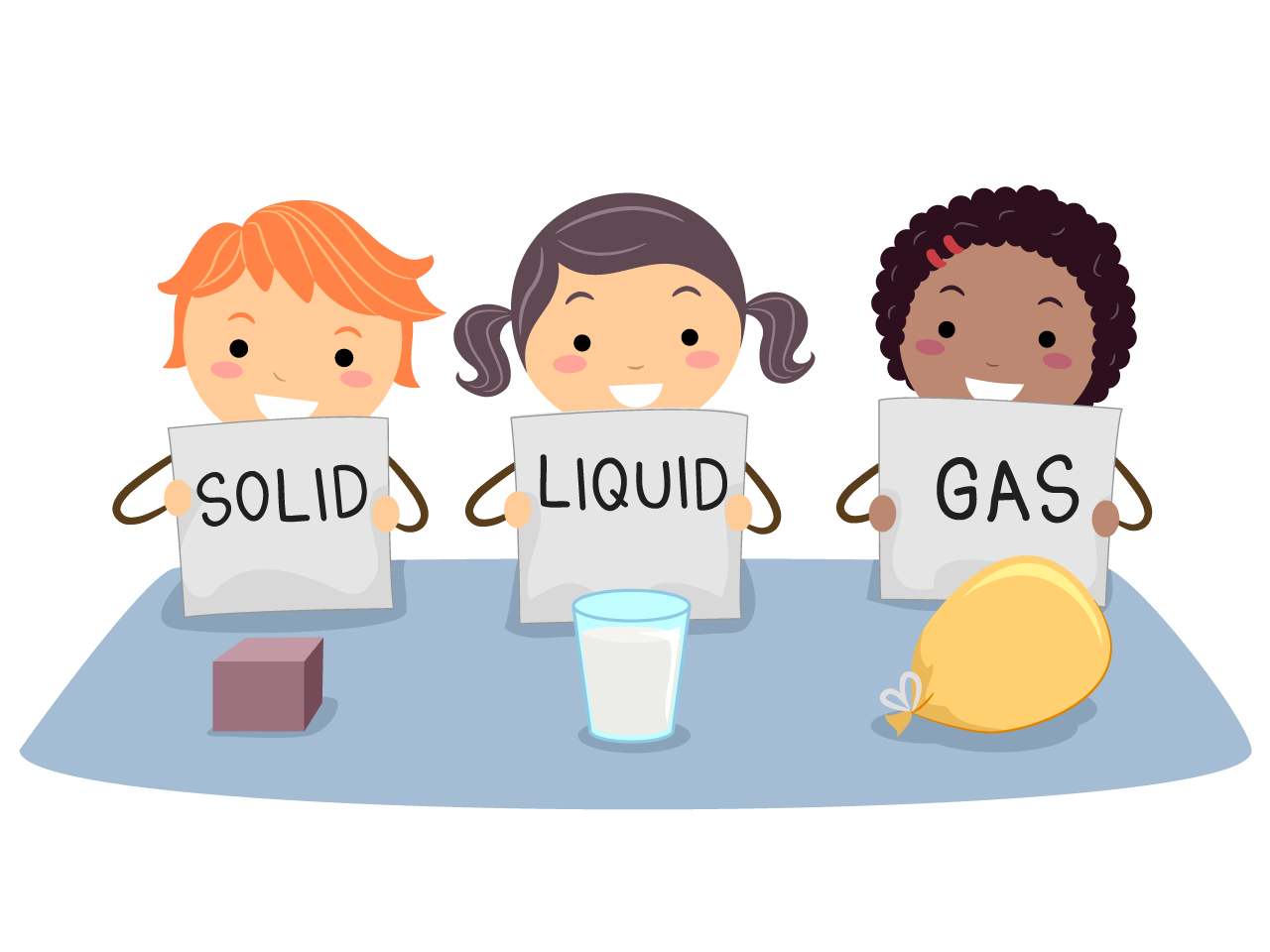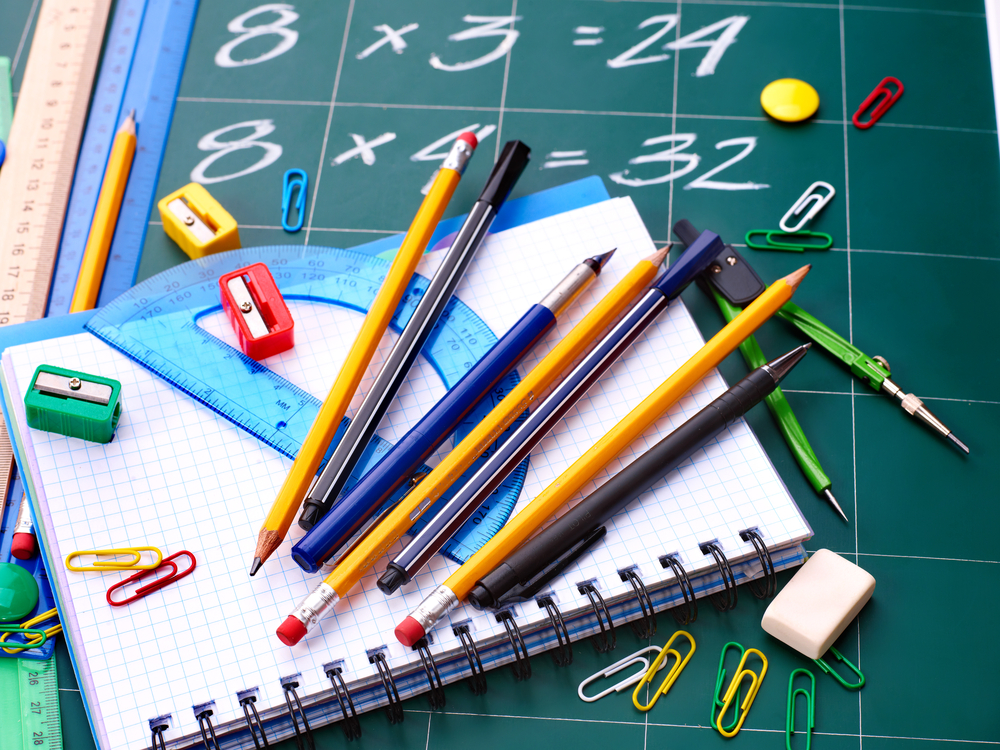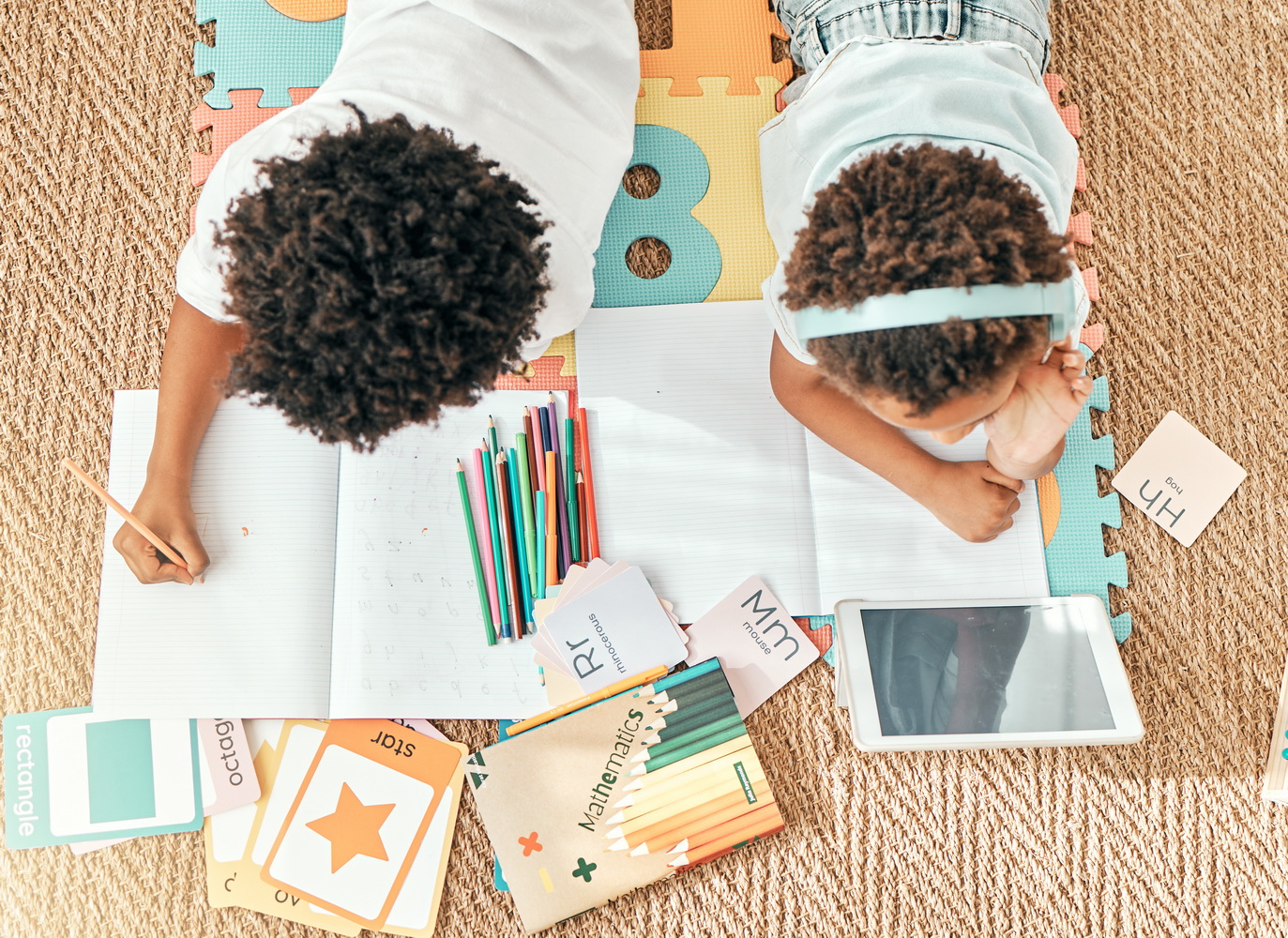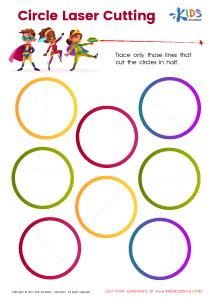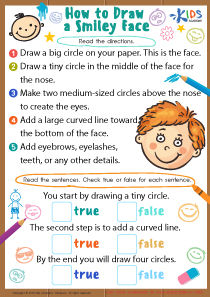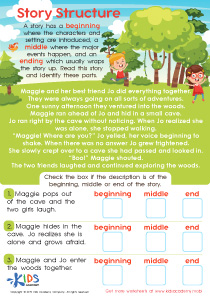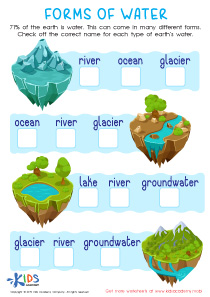Sight word recognition Normal Grade 2 Worksheets
5 filtered results
-
From - To
Enhance your second grader's reading skills with our "Sight Word Recognition Normal Grade 2 Worksheets." These engaging worksheets are meticulously crafted to help young learners instantly recognize high-frequency sight words, essential for fluent reading. Each activity combines fun illustrations and practical exercises, making learning enjoyable and effective. Our worksheets aid in building a robust vocabulary, boosting confidence, and improving comprehension. Perfect for classroom use or supplemental home practice, they cater to diverse learning styles. Unlock your child's reading potential with our expertly designed sight word recognition worksheets and set a solid foundation for their academic success.
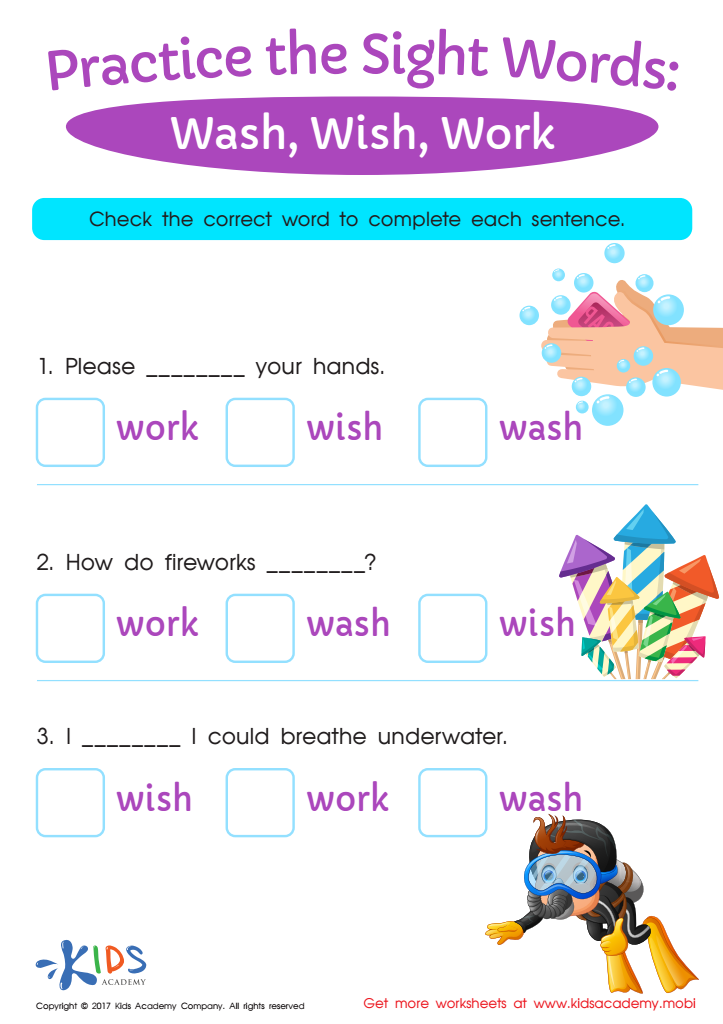

Wash, Wish, Work Sight Words Worksheet


There, Those and These Sight Words Worksheet
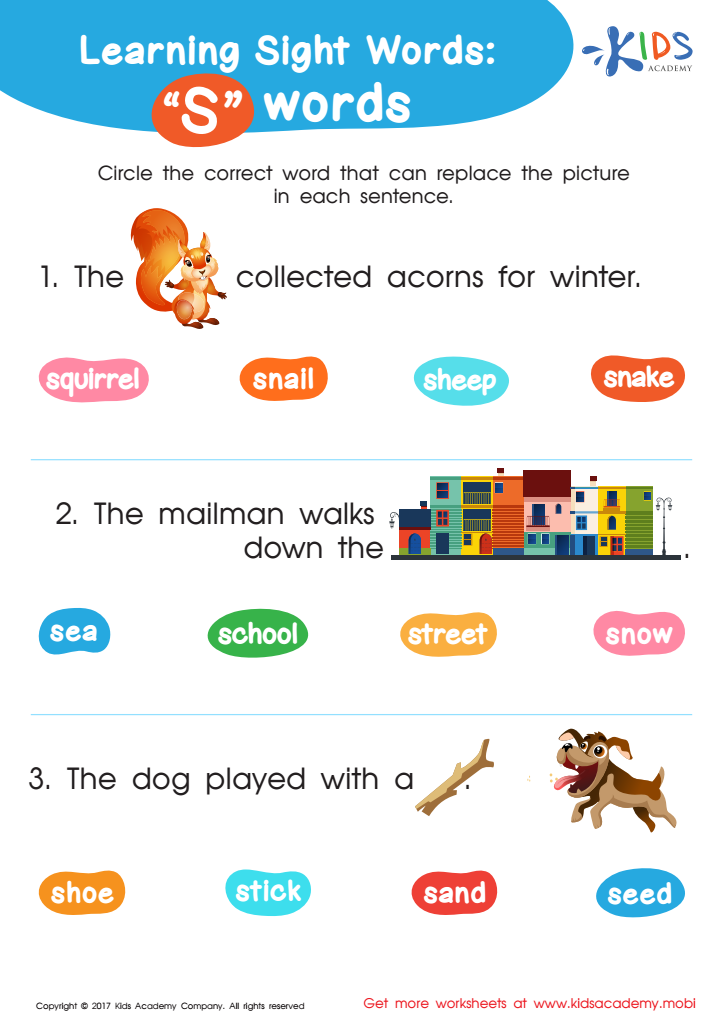

S Words Sight Words Worksheet
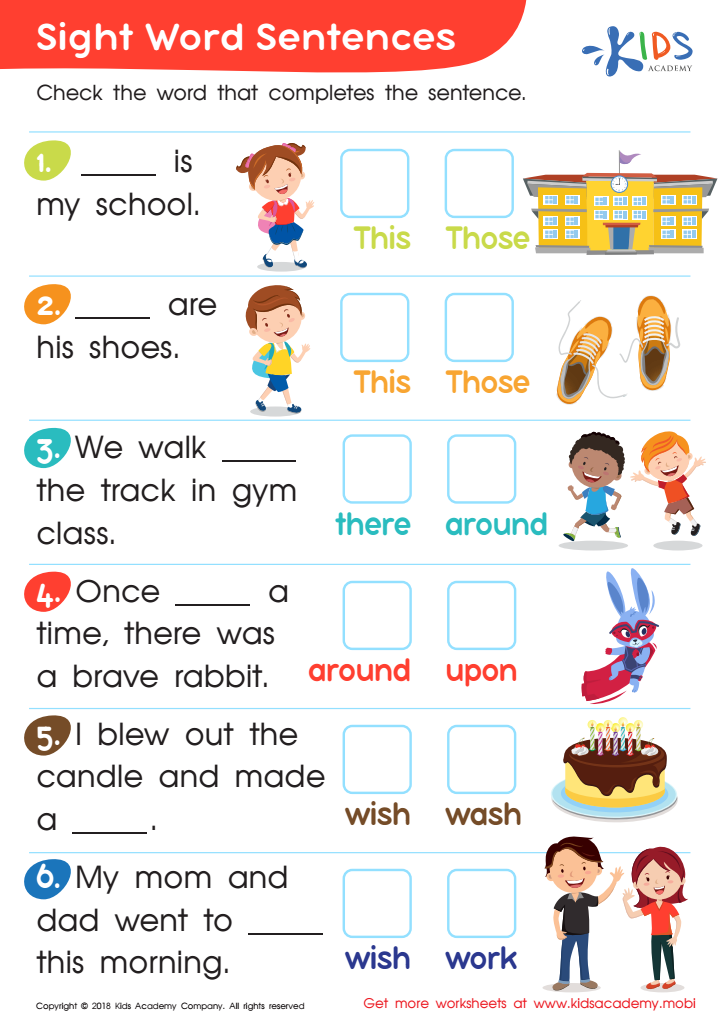

Sight Word Sentences Worksheet
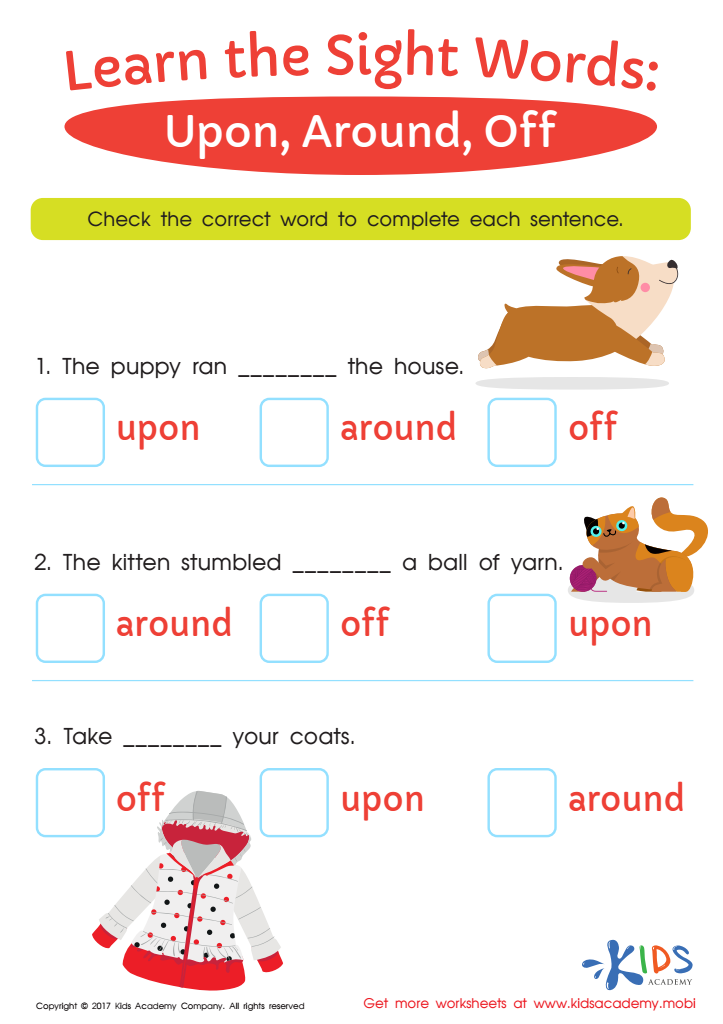

Upon, Around, Off Sight Words Worksheet
Sight word recognition is a critical aspect of reading fluency and overall literacy development in second graders. For parents and teachers, focusing on this skill ensures that children build a solid foundation for future learning.
Sight words are commonly used words in the English language that sometimes do not follow regular phonetic patterns, hence difficult to sound out (“the,” “said,” “are,” etc.). Recognizing these words instantly helps young readers understand and enjoy text without frequent interruption. This fluency allows children to focus on the meaning of the text rather than decoding each word.
By second grade, children encountering these high-frequency words with ease can read more smoothly and with better comprehension. This efficiency boosts their self-confidence and makes reading a more enjoyable experience, fostering a love for books.
Furthermore, proficient sight word recognition helps expand vocabulary and understanding of language structure. Successful early reading experiences set a positive tone for all future education, influencing academic achievements across subjects like math and science where reading instructions is crucial.
Parents and teachers, by prioritizing sight word recognition, facilitate a smoother and more effective learning journey. This early investment can have lasting impacts, helping children become competent, curious, and motivated learners.
 Assign to My Students
Assign to My Students








